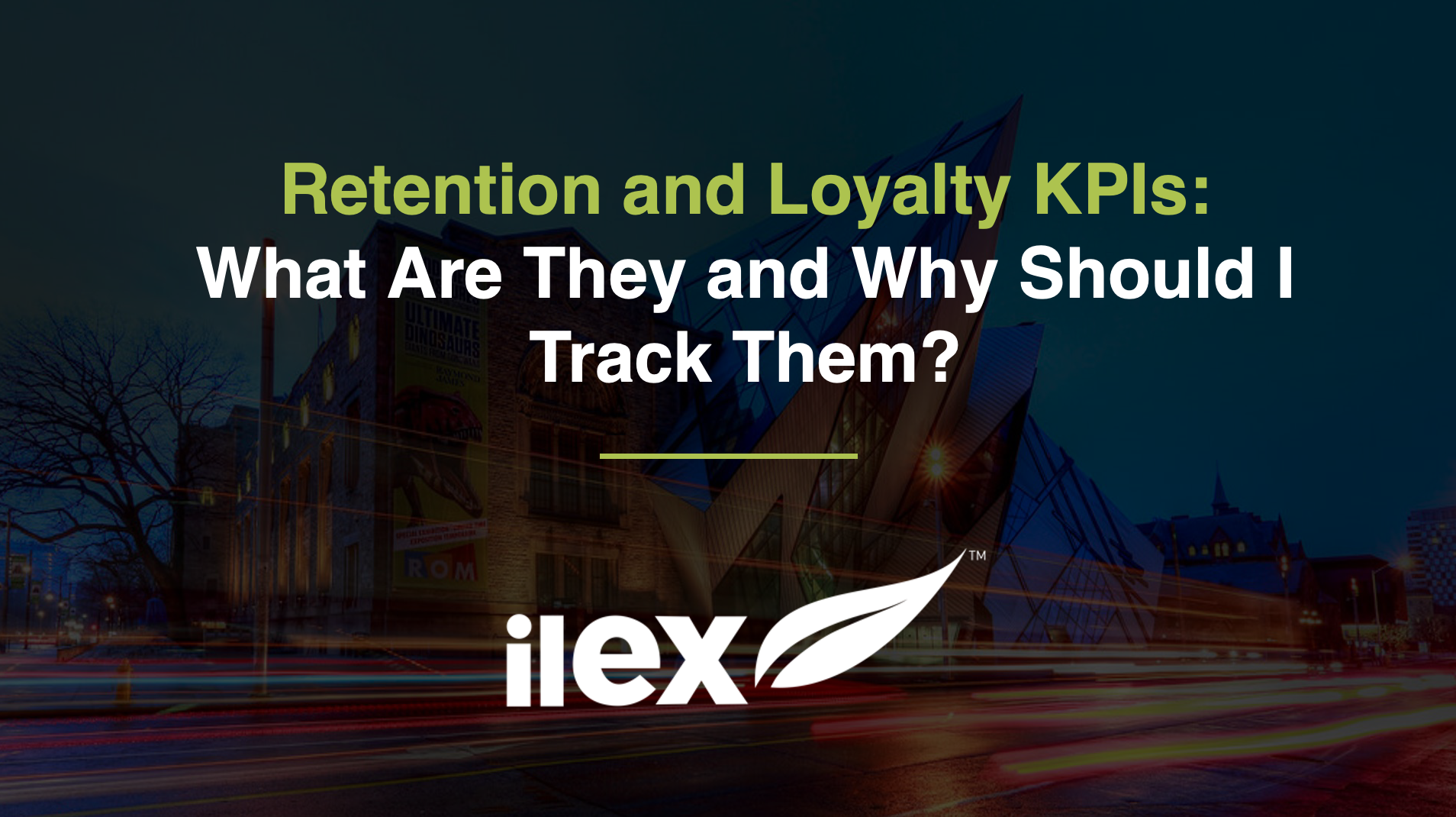Customer retention and loyalty is key to your company’s success. Loyal customers can amplify word of mouth, be more receptive to your other offerings and be more forgiving of any issues that occur. According to Harvard Business Review, attracting new customers will cost your company 5 to 25 times more than keeping an existing customer.
To know how well your business is doing at maintaining customers, you must measure your success with customer retention and loyalty KPIs. When you start to understand them and the impact they have on your social media strategy, you can minimise cost per lead, improve customer satisfaction and turn your audience into long-term customers.
We’ve put together the four key KPIs you should be tracking to determine how well you are able to meet customer demands and needs over time. Monitoring these will enable you to build a foundation for success.
Customer Retention Rate (CRR)
Overall, this is the key metric when it comes to determining how satisfied and loyal your customers are to your business. It’s usually calculated on either a weekly, monthly or yearly basis, showing the percentage of customers that remained using your product or service over a given time. To calculate your CRR you must:
- Find out how many customers you have at the end of a given period. This is based on whether you calculate it on a weekly, monthly or yearly basis.
- Subtract the number of new customers you’ve acquired over that time.
- Divide by the number of customers you had at the beginning of that period.
- Lastly, multiply that by 100.
Customers can leave for a variety of reasons. It could be as simple as the fact that they don’t need your services anymore. Evaluating what it is that’s affecting your CRR is crucial to understanding the changes you need to make. Whether that’s increasing your online presence, improving your customer service or re-evaluating your offerings.
Cost Per Lead (CPL)
The CPL metric evaluates how cost-effective your campaigns are in relation to driving new leads. A lead could be anything from visiting your website, to downloading your eGuide to filling in a contact form. By evaluating your CPL, your business can understand the budget that is needed to acquire new leads. This metric can also be used to measure individual campaigns such as LinkedIn Ads. To work out your CPL, you take your total marketing spend and divide it by the total number of new leads.
Issues Resolved
Tracking how fast you respond to customer issues is key to acknowledging how well customer service is carried out by your team. A faster response team leads to more satisfied customers, which in turn leads to customer loyalty and trust. As social media becomes the contact platform of choice for questions or issues, it’s important that you are tracking your comments and messages efficiently. It is also a chance for your business to evaluate where you could improve your business, from product, strategy or service.
Customer Lifetime Value (CLV)
Customer lifetime value is about forming long-term connections with customers. It measures how valuable a customer is to your company. To improve CLV you need to be nurturing your customers at every stage of their experience. You may need to improve your customer experience, increase rewards for loyal customers or resolve issues faster and more efficiently. By understanding customer experience and measuring feedback, you can start to understand the key drivers of CLV and where to improve to make sure existing customers are satisfied.
Measuring your customer retention and loyalty KPIs will give you a deeper understanding of the success of your overall marketing strategy. By evaluating your customers’ motivations and preferences, you’ll be able to create relationships that last. If you begin to track the metrics that we mentioned in this blog, then you’ll be headed in the right direction.
If you need help in creating a comprehensive marketing strategy that hits your retention and loyalty KPIs, then get in touch today. We can support you through delivering a story that matters to your audience, creating social media content that builds your community, and communicating your business clearly with editorial content.



